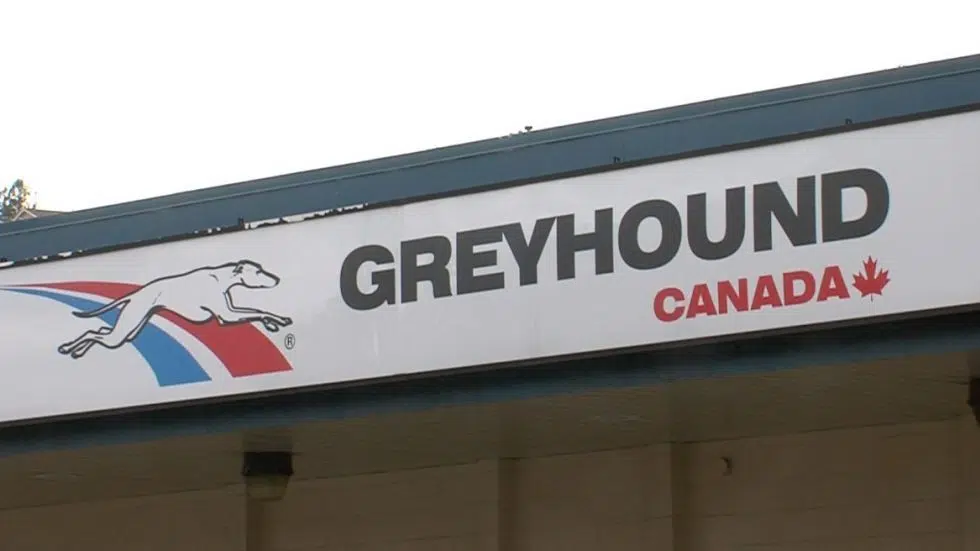
Getting people from A to B keeps getting harder
IN AN AGE when we can send huge amounts of information to the other side of the world in the blink of an eye, here in the Interior of B.C. we have trouble moving people from one place to another.
Greyhound is cutting its bus services again, and the closest anybody has to a solution is to complain about it.
Inside cities, transit systems work well but not everywhere. The parents of Westmount elementary endure morning and afternoon traffic jams in front of the school as they deposit or retrieve their kids. The school board struggles with how to fix it — a new traffic light?
In contrast, there’s a $42 billion plan on the books to build an ultra-high-speed rail link to carry 2 million riders a year from Vancouver to Seattle and Portland.


